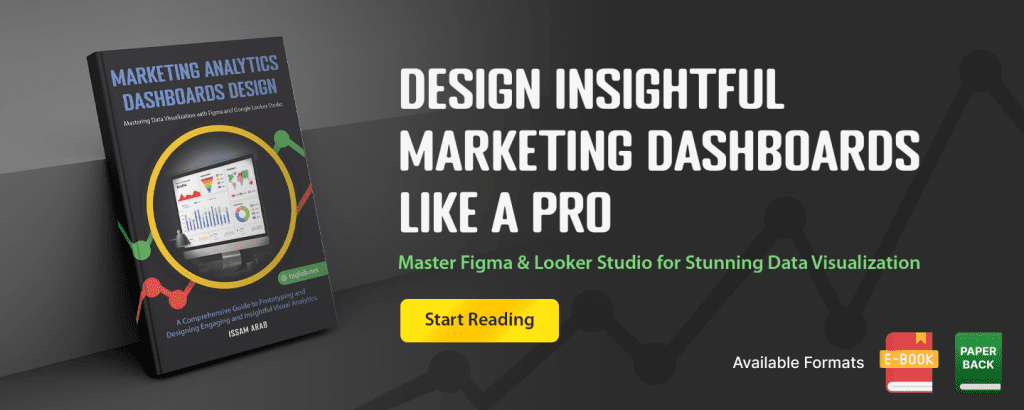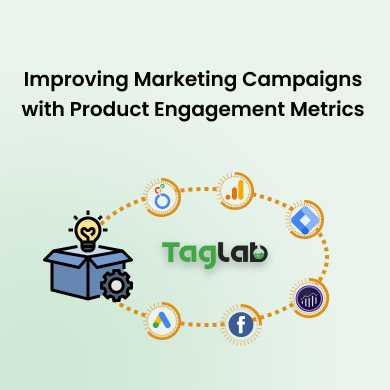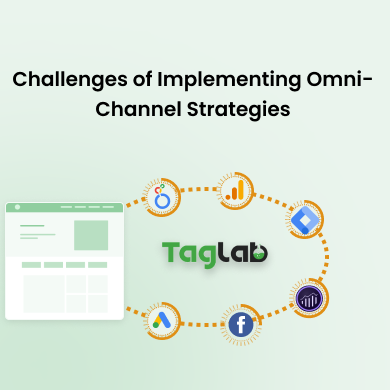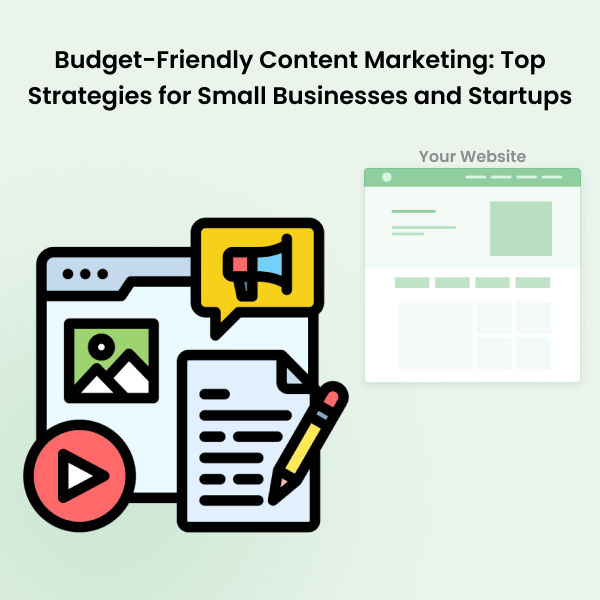Your cart is currently empty!
Time in Funnel Stage Metric Definition
Posted by:
|
On:
|
Time in Funnel Stage is a key performance indicator (KPI) that measures the average amount of time users spend in each stage of a sales or marketing funnel. This metric helps businesses understand how long it takes for users to move through different stages of the funnel.
Detailed Explanation
What is Time in Funnel Stage?
Time in Funnel Stage is calculated by measuring the total time users spend in each stage of the funnel and dividing it by the number of users who pass through that stage. This metric provides insights into the efficiency of the funnel and identifies potential bottlenecks.
How it Works?
A shorter Time in Funnel Stage indicates that users are moving through the funnel stages quickly, suggesting an efficient process. Conversely, a longer Time in Funnel Stage may indicate issues or barriers that prevent users from progressing smoothly.
Types of Funnel Stages
- Awareness: The stage where users first become aware of the product or service.
- Consideration: The stage where users actively consider and evaluate the product or service.
- Decision: The stage where users make the decision to purchase or take the desired action.
- Retention: The stage where efforts are made to retain customers and encourage repeat business.
Illustrative Scenarios
Examples
- If users spend a total of 2,000 minutes in the awareness stage across 500 users, the Time in Funnel Stage for awareness is 4 minutes per user.
- If users spend 1,500 minutes in the consideration stage across 300 users, the Time in Funnel Stage for consideration is 5 minutes per user.
Segmentation
Analyzing Time in Funnel Stage by different segments (e.g., by traffic source, user demographics, or campaign) can provide deeper insights. For example, comparing time spent in each stage by new vs. returning users can help optimize marketing strategies and improve funnel efficiency.
Factors Influencing Time in Funnel Stage
- Content Relevance: How relevant and engaging the content is at each stage of the funnel.
- Usability: The ease of use and navigation through the funnel stages.
- Communication: The effectiveness of communication and messaging at each stage.
- Incentives: The presence of incentives or offers to encourage users to move to the next stage.
Strategies to Optimize Time in Funnel Stage
- Improving Content: Creating relevant and engaging content for each stage of the funnel.
- Enhancing Usability: Ensuring the funnel is easy to navigate and user-friendly.
- Effective Communication: Providing clear and persuasive messaging at each stage.
- Offering Incentives: Using incentives or special offers to encourage users to move to the next stage.
Time in Funnel Stage Benchmarks
Time in Funnel Stage benchmarks vary by industry and type of funnel. For example:
- Awareness Stage: Typically ranges from a few seconds to a few minutes, depending on the type of content and user interest.
- Consideration Stage: Often ranges from a few minutes to a few hours, as users evaluate options.
- Decision Stage: Generally ranges from a few minutes to a few days, depending on the complexity of the decision.
- Retention Stage: Can vary widely, as it includes ongoing efforts to retain customers.
Comparing your Time in Funnel Stage against industry standards can help gauge performance and set realistic goals.
Tools for Measuring Time in Funnel Stage
- Google Analytics: Provides detailed metrics on user behavior and time spent in different funnel stages.
- Adobe Analytics: Offers comprehensive analysis of time spent in funnel stages.
- Hotjar: Provides insights into user behavior, including time spent in funnel stages, through heatmaps and session recordings.
- Crazy Egg: Offers visualizations and analytics to help understand time spent in funnel stages and user interactions.
Common Pitfalls and Mistakes
- Ignoring Content Relevance: Not providing relevant and engaging content can lead to longer times in funnel stages.
- Overlooking Usability: Poor usability can create barriers and increase time spent in funnel stages.
- Neglecting Communication: Ineffective communication can prevent users from progressing through the funnel.
- Inconsistent Tracking: Inconsistent tracking and analysis of time spent in funnel stages can lead to unreliable insights.
Frequently Asked Questions
What is Time in Funnel Stage?
Time in Funnel Stage is the average amount of time users spend in each stage of a sales or marketing funnel. It measures the total time spent in each stage divided by the number of users who pass through that stage.
Why is Time in Funnel Stage important?
Time in Funnel Stage is important because it helps businesses understand how efficiently users are moving through the funnel. Identifying bottlenecks can help optimize the funnel and improve conversion rates.
How can I reduce Time in Funnel Stage?
Reducing Time in Funnel Stage can be achieved by improving content relevance, enhancing usability, providing clear communication, and offering incentives to encourage users to move to the next stage.
What factors influence Time in Funnel Stage?
Factors influencing Time in Funnel Stage include content relevance, usability, communication effectiveness, and the presence of incentives. Addressing these factors can help reduce time spent in each stage.
What is a good Time in Funnel Stage?
A good Time in Funnel Stage varies by industry and type of funnel. Awareness stage typically ranges from a few seconds to a few minutes, consideration stage from a few minutes to a few hours, decision stage from a few minutes to a few days, and retention stage varies widely.




